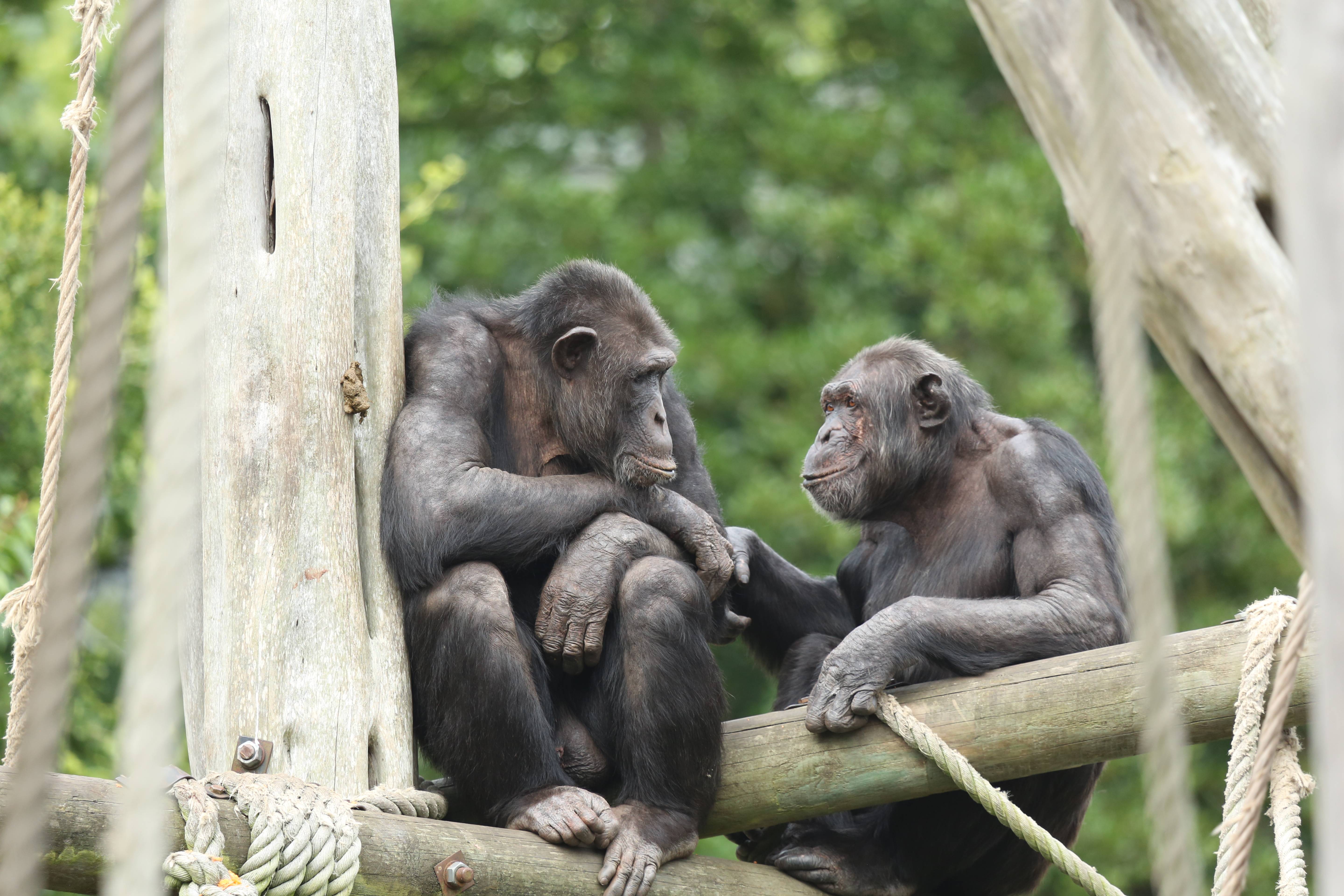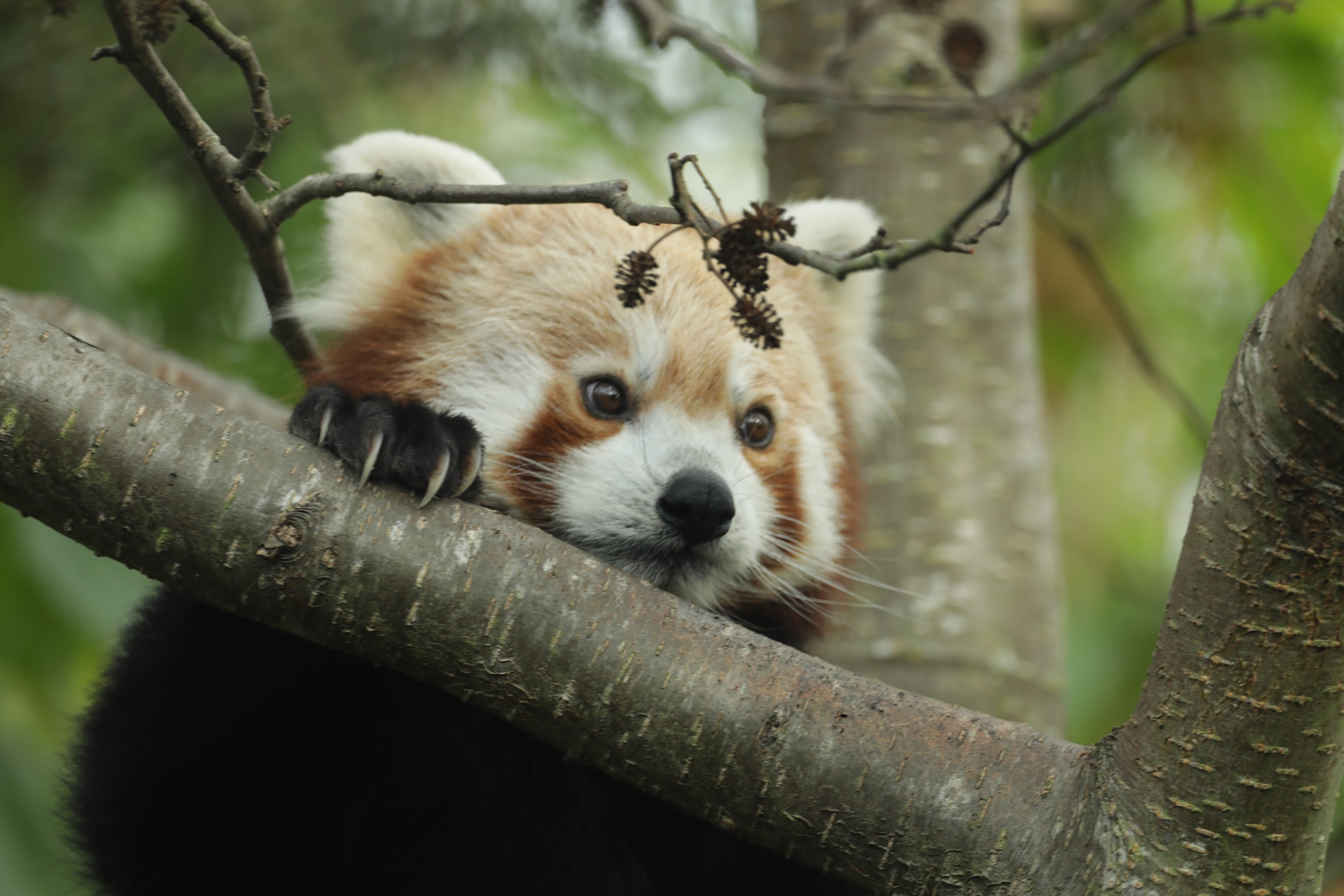World Habitat Day
Posted 10 Mar 2022

Today is World Habitat Day, and this year’s theme is ‘Mind the Gap. Leave No One and Place Behind’. As a wildlife conservation charity, the Royal Zoological Society of Scotland (RZSS) recognises that it is important to protect species of all shapes and sizes and that species protection alone means nothing without protecting their habitats too.
Species depend on habitats, and together they form our planet’s essential ecosystems – both habitats and species must function in harmony to create a sustainable, abundant and diverse life on earth.
The expansion of the human species, and an increased need to consume more things, has impacted on biodiversity in a way that is unprecedented. Globally, extinction rates are at least 100 times higher than ‘normal’ background rates and one million species are threatened with extinction.
In Scotland, 49% of species have declined in number and a staggering one in nine species are threatened with extinction. Some species are gone from Scotland completely, like the lynx and the elk. Many are on life support.
Currently, in Scotland, there are more wildcats and pine hoverfly in captivity than in the wild. These species are managed by RZSS teams at Highland Wildlife Park as part of carefully planned release projects, with our wildlife conservation charity working in partnership with a wide range of other conservation organisations.
For animals like wildcats and pine hoverflies, when numbers do decline to such an extent, habitat restoration on its own will not enable populations to resurge without additional support and action. Every species we lose from an ecosystem breaks vital links in the web, reduces resilience and has knock-on consequences for other ecosystems.
People are undeniably an intrinsic part of the biodiversity of life, but we have radically altered the balance. Humans and our livestock now make up 96% of all mammals on earth, with wild mammals (like wildcats, whales, wombats and wildebeest) making up only 4%.
The weight of human made outputs (things we’ve made) now exceed the weight of life on earth (biomass). At the beginning of the twentieth century, our outputs were equal to only 3% of global biomass. Put simply, the space for nature and natural processes is shrinking fast because of our ferocious need to consume.
The Convention on Biodiversity (or CBD), the international treaty whose objectives for the next decade will be agreed later this year at COP15, recognises there are three levels of biological diversity: the diversity of ecosystems, species and genes.
All living organisms are linked and it is deep connectivity over time which allows biological diversity to evolve. Diversity enables yet more diversity, creating resilience and allowing species to adapt to survive in ever changing environmental conditions, including those modified by other living organisms, like us. This is vital in the face of challenges such as climate change, habitat loss and emerging diseases.
This means it is critical to support the protection, recovery and connectivity of habitat alongside species conservation and genetic diversity.
Since 2005 our charity has supported chimpanzee conservation in Uganda and, as with all the species recovery projects we are involved in, we look for evidence that they can drive wider change at an ecosystem scale. The Budongo Conservation Field Station (BCFS) conducts a wide range of conservation and monitoring actions to protect the Budongo Forest, east Africa's largest rainforest. The forest is critical for the survival of the chimpanzees as well as thousands of other species.
Although the project’s focus is on chimps, it is working to safeguard a wide range of other smaller organisms. Larger species need lots of habitat, and truly seeing to their needs means that isolated pockets of habitat must be reconnected and wide-ranging threats, like those from pollution and climate change, must be alleviated.
Recovery efforts need to be truly collaborative, both for species and habitat, and between organisations, governments, and communities. Only together can we create a world where nature is protected, valued and loved.
The time to act is now, and for a long time to come.

